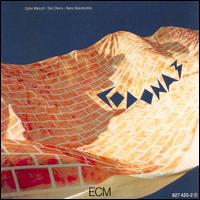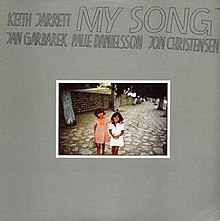There does not seem to be much documentation for Zoom whiteboard. And, to make it more confusing, it is quite different on the desktop and mobile platforms (at least in the PC/Android world). Here, then, is a quick guide. This is all verified on an Android tablet, but I'm hoping it also works on Apple etc.
When you first open the whiteboard, you won't be able to do anything. If you tap on it, though, you should see a small pencil icon at the lower left. I guess that means "Edit" (as if you wanted to stare a white screen instead). Press that. Now you should be able to write on the screen.
If you switch away to some other application, then the whiteboard may lock again, and you'll have to click the edit button again.
You will also see a row of icons across the bottom.
At far left:
- An 'undo' button
- A 'redo' button
At far right:
- A trash can: options for clearing the screen
- A kind of rounded square with a plus sign: For creating another whiteboard. You can have up to 12. This can be convenient if you want to do something else and come back to what you had before.
- Once you have more than one whiteboard, you will see to the left of the 'create' button a 'stack' of whiteboards with a number indicating how many you have. Press it and you will get a screen letting you select which whiteboard you want to use.
- Three dots that expose more options, including "Smart Recognition") whatever that is, and an option for saving the whiteboard.
- A pencil: For drawing lines.
- An eraser: For erasing stuff.
- A series of colored dots or circles: For choosing the color of the pencil or highlighter.
- A T: This allows you to type text on the whiteboard. Let me know if you can figure it out. I can't.
- A squiggly line: For selecting the size of the pencil.
- Something like an exclamation point tilted over: I think it's meant to look like a highlighter, since that's what it does. It uses a lighter, transparent version of whatever color is set.
- A light stick: Works like a laser pointer.






.jpg)


.jpg)









